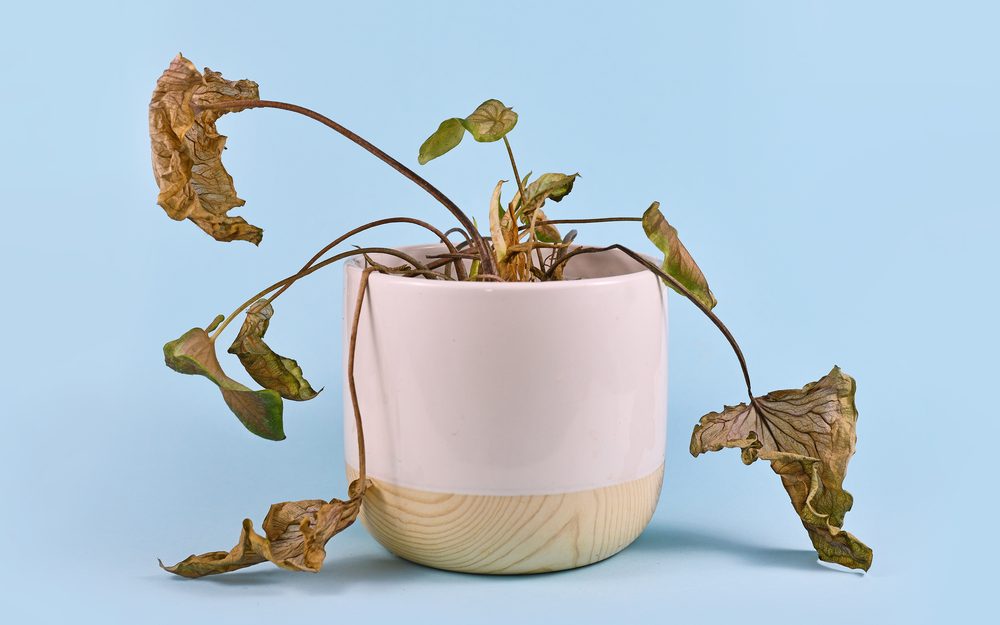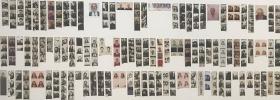Content advice: this article refers to the author’s experiences of the psychiatric system and perspectives around mental illness.
A few years ago, I was eating a plate of hospital-issued meat and veggie slurry in a suburban hospital psychiatric ward, when I had the perfectly slow realisation that the small round table I was sitting at was entirely made of concrete. I’d already deduced my Bunnings-esque chair was far too heavy for a plastic chair and not my dwindling supplies of muscle, so I put two and two together and realised my chair had concrete stashed in the legs.
I speak subjectively when I say nothing gets a frustrated person more frustrated (and distracted) as much as trying to hurl an item of furniture at the wall, and realising that the item of furniture has more resistance than the Opposition at a common sense meeting. I’ve seen blokes the magnitude of a small truck, cranked to the max on rocket fuel, turn into Michael Parkinson with one of these chairs.
Out of respect for my peers with lived/living experience reading this, I won’t go into much detail, but you don’t book yourself (or a loved one) into a public psych ward. It’s the shock ending to a six-month epic whereby the protagonist has already endured 60 volumes’ worth of “man in a hole” ever envisaged by a dramaturg, before you enter the cinema.
Getting a mental health diagnosis like schizophrenia usually happens in a psych ward. This means that you survived dying at least five times and this admission is the best possible solution to the absolute worst of everything. And there’s the keystone to this story – my concept of mental health is inextricably tied to a mental illness. A diagnosed mental illness includes a bunch of intersectional traumas like homelessness, generational poverty, lack of academic pathways, abuse. For some of my friends, it involves police, addiction, colonisation and/or intolerable grief. When I see the phrase “mental health”, I’m fending off images of the psychiatric ward and medical model PTSD (post-traumatic stress disorder). Saying mental health to me, is like pouring concrete into a flowerpot and expecting flowers to bloom.
For me and many of my peers in the mental health system, somewhere along the line an ableist committee saw the phrase “mental health” and usurped it as a latchkey term for workplace well-being. Have you encountered the phrase “good mental health in the workplace”? Or, “how to create a mentally healthy workplace”? It’s triggering, to say the least, to be reminded at any time of day, about a bunch of trauma while I’m going about my business. Mental health, to me, means 30 years of medicalised intervention necessitating me to recover.
What we need to increase representation in the arts
Earlier this year, I received a mailing list invitation by a well-known Australian arts sector organisation to complete a 40-question quiz to get myself a mental health diagnosis like depression or anxiety – I couldn’t find the “other” to get a schizophrenia and autism diagnosis, just to check again. The quiz stated authority on the matter because it was created by a team of psychiatrists. The website went on to give me tips on how to tame my mental health, know the signs of stress and how to spot and treat mental ill-health symptoms in people around me.
I didn’t see any sign the organisation was working to increase representation of diversely disabled artists, leaders and innovators in the sector, as much as it was being protected from becoming that community.
When thinking about accessibility, we tend to think about how to make spaces welcoming to disabled, Autistic, d/Deaf and blind audience members and artists. But does anyone know the tools to create accessible spaces for people enduring the fallout of complex trauma, including that relating to the mental health system if you have a chronic mental illness? I’m seeing a lot of good advice about knowing the symptoms of mental illness and how to “treat” it, but I’m not seeing much going on around embracing and platforming artists, content makers and audiences with mental health disability; that is, fully fledged mental illness – the kind that makes some people uncomfortable at a bus stop, let alone in a workplace. Special mention to you, music industry.
Mental health is my cultural economy. It’s not a generic buzzword organisations should feel free to grab and flurry about with bespoke graphic design and apps to improve workplace productivity and merit-tick.
Don’t tell me your organisation’s mental health campaign has the ethos of healing, if none of you have been within cooee of a public psychiatric ward admission or lived two months on the street, during winter. Don’t give me reasons “mental health” is your domain if your staff have worked their way into the echelons of an organisation due to academic qualifications and business skills. If you can read – and you’re reading this article – you’re already less qualified to represent mental health than Glen sleeping on a piece of cardboard underneath Princess Bridge.
I’m in the arts because it’s the one place I own my story. It’s my furniture here. I escaped the mental health system, so I don’t like it creeping back into my world without my permission, but through the admission of strangers, who found the keys to my house and now are welcoming in the worst possible interior designers I could imagine.
All the pain coursing through my spirit, all the traumas I carry in my body and in my heart and all the burden of dis-ease my story inflicts on society, is my proud currency in the arts. I don’t want to see psychiatrists redecorating my safe place and cleaning up my thoughts and actions to the sterile humdrum normality of non-disabled standards. Mental health system designers and managers can come and watch my shows, listen to my songs, read my books, pay me good money for my skills for a change. I’m not going to sand off my crookedness because the crookedness makes me a good creative. I don’t want to be cured.
Good mental health in the arts won’t happen until we see people with mental health qualifications like schizophrenia, borderline personality (dis)order, and other complex mental health realities, being enabled and included as leaders and space-makers. I feel that some concrete has been poured in the arts through this festival of mental health, but there’s still time to empty it out of our minds before it sets hard and makes everything too heavy. It’s OK to be mentally ill, just make sure you make art with it and invite your psychiatrist to the show (at full price).
This article is published under the Amplify Collective, an initiative supported by The Walkley Foundation and made possible through funding from the Meta Australian News Fund.





